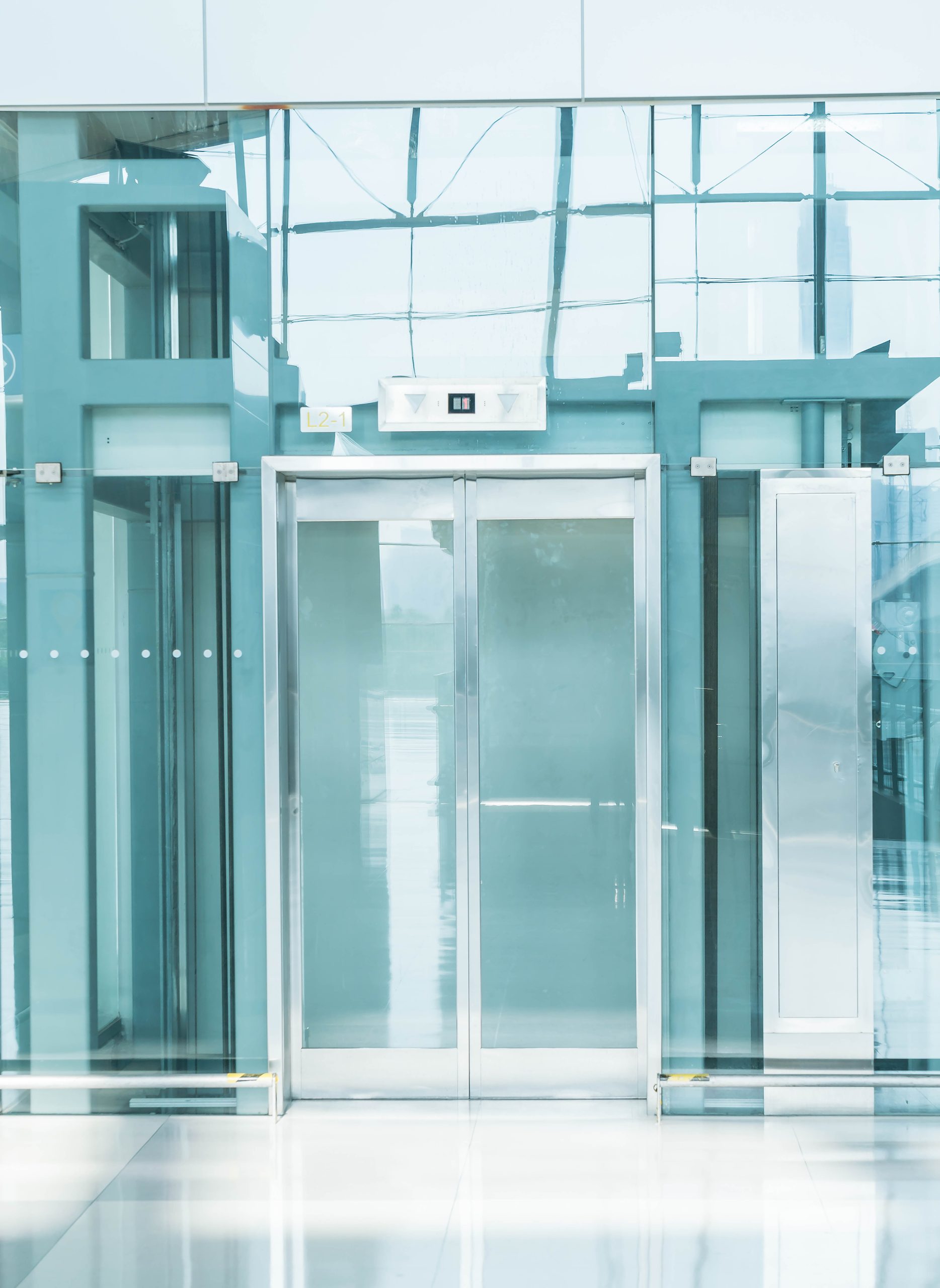
In the late 19th century, electric elevators emerged as a more efficient and convenient alternative to steam-powered ones. The development of electric motors and more advanced control systems led to faster and quieter elevator operation. Electric elevators paved the way for skyscrapers, enabling people to travel to greater heights with ease.
Read more
Looking ahead, elevators will continue to evolve as part of the smart city concept. Internet of Things (IoT) integration, artificial intelligence, and autonomous systems will further enhance elevator performance, ensuring optimized traffic flow and predictive maintenance.
In conclusion, the humble elevator has evolved from a basic pulley system to a sophisticated technological wonder that shapes our urban landscapes. Its history showcases the relentless pursuit of vertical transportation efficiency and safety. As cities continue to reach for the skies, elevators will remain an indispensable part of modern living, enabling us to ascend great heights with comfort and ease.
Read more
With the race for taller buildings, engineers faced new challenges in elevator design. High-speed elevators capable of whisking passengers to the top floors quickly became a necessity. Modern supertall buildings now boast elevators with speeds exceeding 30 miles per hour, making vertical travel a breeze.
Read more